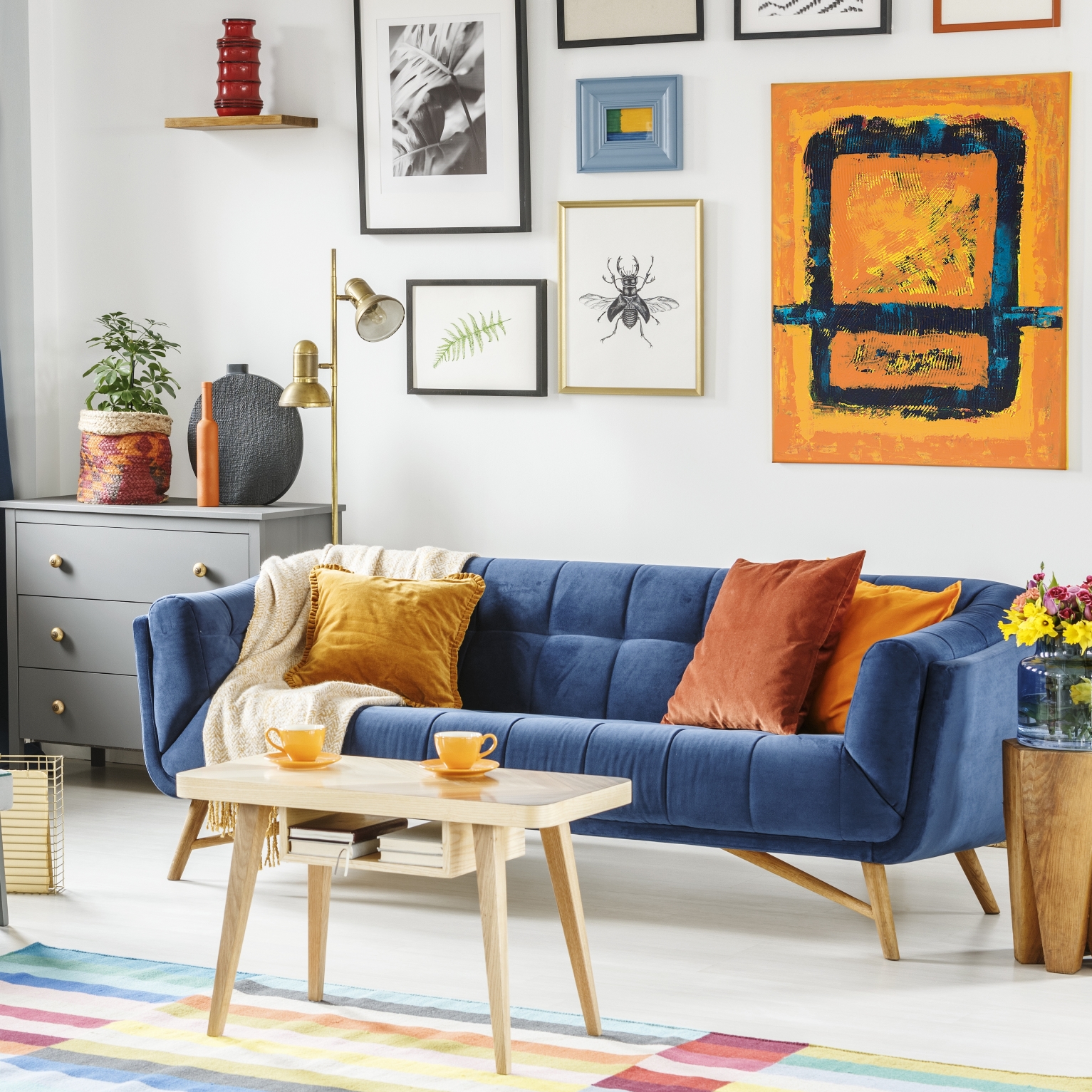Contemporary interior design often revolves around creating a space that not only is functional but also tells a story. One of the most intriguing trends in recent years is the fusion of traditional and modern art within interiors. This design approach marries the timeless beauty of classical art with the sleek lines and innovative concepts of modern design. The result is a harmonious blend that appeals to diverse aesthetic preferences while adding depth and character to a space.
Why Combine Traditional and Modern Art?
The integration of traditional and modern art styles brings a unique juxtaposition to interiors. This combination allows homeowners to honor the past while embracing the present, creating a dialogue between eras that is both thought-provoking and visually stunning.
- Cultural Significance: Traditional art often carries historical and cultural importance, anchoring a space in a rich heritage.
- Dynamic Contrast: Pairing ornate, intricate designs with minimalist modern elements creates a captivating contrast that keeps a space interesting.
- Timelessness: Incorporating traditional art ensures longevity, while modern elements keep the design fresh and relevant.
Key Elements of Fusion Design
Achieving the perfect balance between traditional and modern art requires thoughtful planning. Here are some key elements to consider.
- Color Palette: Combining the muted tones of traditional art with the bold and vibrant hues often found in modern pieces can create a visually engaging contrast.
- Textures and Materials: Mixing materials such as antique wood or marble with contemporary metals or glass adds layers to the design.
- Scale and Proportion: Using large-scale modern art alongside smaller, detailed traditional pieces helps balance the visual weight in a room.
Examples of Fusion in Interiors
1. Living Rooms
A living room can serve as the perfect canvas for blending traditional and modern art. Imagine a classical oil painting with a gilded frame hanging above a sleek, low-profile sofa. The juxtaposition of these elements creates a sophisticated yet approachable atmosphere.
- Traditional Rugs and Modern Furniture: Layering a Persian or Oriental rug under contemporary furniture pieces can anchor the space with tradition while maintaining a modern edge.
- Gallery Walls: Combine black-and-white modern photography with vintage wallpaper collection fragments framed as artwork for a truly unique display.
2. Bedrooms
In the bedroom, fusion design can evoke a sense of calm and nostalgia while retaining a fresh aesthetic.
- Statement Headboards: A traditional carved wooden headboard paired with modern bedding and accessories strikes a balance between old and new.
- Accent Walls: Incorporating a vintage wallpaper collection for an accent wall alongside abstract modern art creates a bold and eclectic look.
3. Kitchens and Dining Areas
Kitchens and dining areas can also benefit from the fusion of traditional and modern styles.
- Antique Cabinets with Modern Hardware: Revamp traditional cabinets with sleek, modern handles or paint them in contemporary colors.
- Artwork Pairings: A traditional still-life painting displayed alongside a modern, geometric print can elevate the dining experience.
The Role of Lighting in Fusion Design
Lighting plays a pivotal role in showcasing both traditional and modern art in interiors. The right lighting can highlight intricate details in classical art while accentuating the bold lines and textures of contemporary pieces.
- Spotlights and Track Lighting: Use adjustable spotlights to emphasize specific artworks or features in the room.
- Chandeliers and Pendants: Pair a traditional crystal chandelier with modern recessed lighting to create a layered effect.
Fusion Design in Commercial Spaces
The fusion of traditional and modern art isn’t limited to residential interiors. Commercial spaces like hotels, restaurants, and offices are increasingly adopting this trend to create memorable environments.
- Hotels: Lobbies adorned with traditional sculptures juxtaposed with modern installations make a lasting impression on guests.
- Restaurants: Combining rustic, vintage decor with modern art pieces can create a cozy yet trendy dining experience.
- Offices: Traditional artwork in common areas alongside sleek, modern furniture fosters a balanced and inspiring workspace.
Tips for Achieving the Perfect Fusion
Blending traditional and modern art requires a delicate touch to avoid visual clutter or stylistic dissonance. Here are some practical tips.
- Start Small: Begin with smaller elements like cushions, rugs, or a single piece of artwork to test how traditional and modern styles work together in your space.
- Create a Focal Point: Use one dominant piece—whether traditional or modern—to anchor the room and build the design around it.
- Balance Is Key: Ensure neither style overwhelms the other. Strive for harmony by distributing traditional and modern elements evenly.
- Incorporate Neutrals: A neutral color palette can act as a unifying backdrop for the contrasting styles.
The Future of Fusion Design
As design continues to evolve, the fusion of traditional and modern art will likely remain a popular trend. Advances in technology and materials will make it easier to combine these styles seamlessly, offering endless possibilities for creativity.
- Digital Art and Classics: The rise of digital art opens up opportunities to merge traditional techniques with contemporary digital media.
- Sustainability: Repurposing traditional materials and integrating them with modern designs aligns with the growing emphasis on sustainable practices.
Conclusion
The fusion of traditional and modern art in contemporary interiors is a celebration of both heritage and innovation. By thoughtfully combining these elements, homeowners and designers can create spaces that are visually compelling, emotionally resonant, and utterly unique. Whether through a vintage wallpaper collection, modern sculptures, or a combination of both, this trend offers endless opportunities to craft interiors that tell a story of timeless elegance and modern sophistication.
